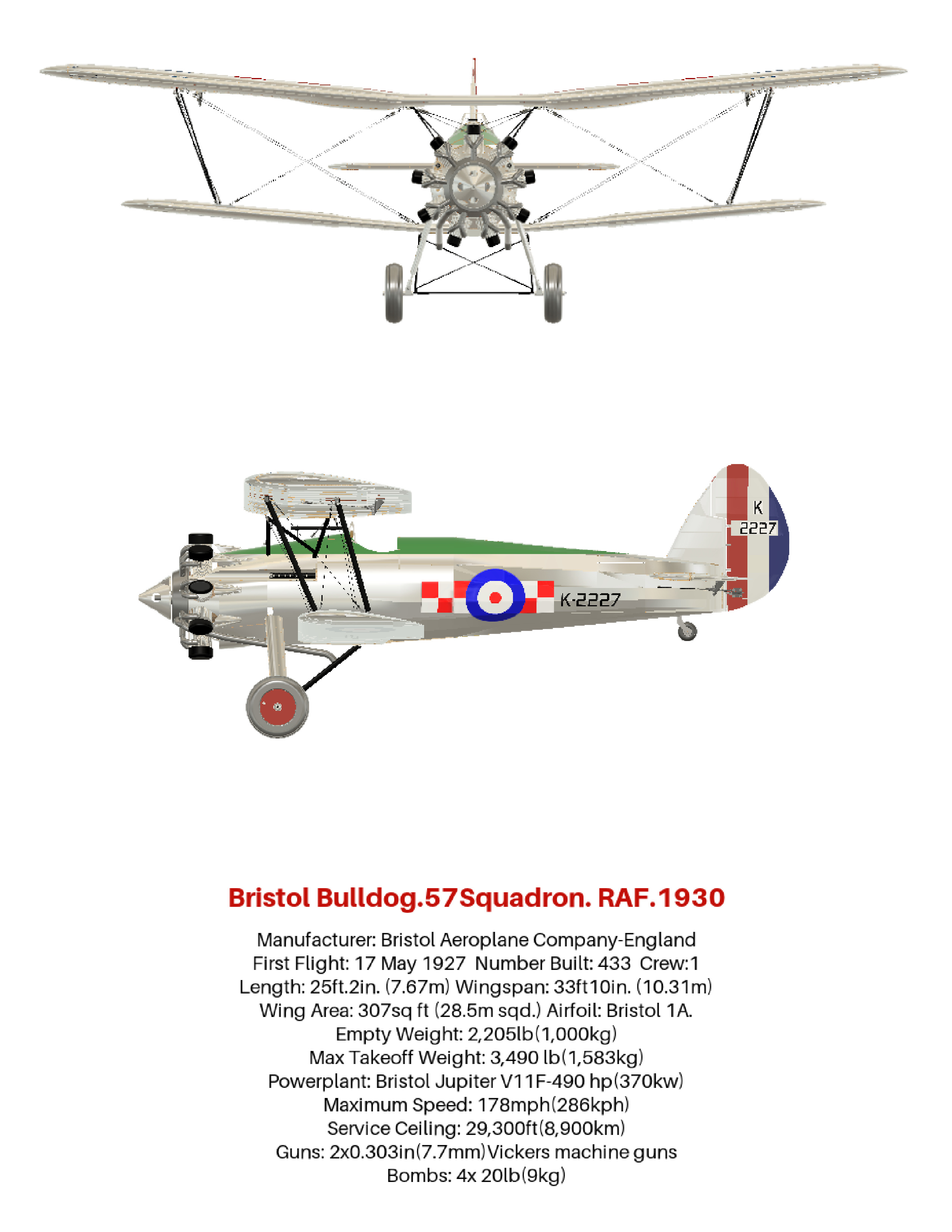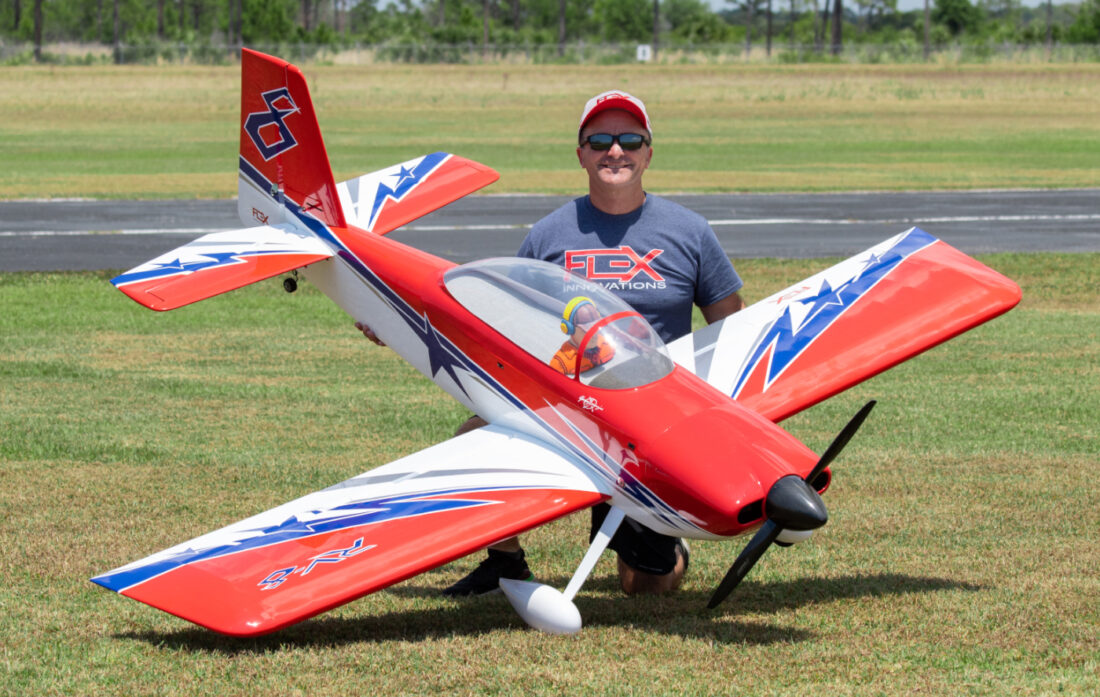ELECTRIC RC PLANES. (MID-SIZE)
Mid size electric RC planes and how to select, build and fly the ideal RC electric plane for you.

Photo shows the E-Flite DHC-2 Beaver 25e
The mid sized RC electric plane is maybe the most popular size in the hobby today. Bigger than the usual park flyer, they generally require a larger field, like the local model plane club flying field.
They can be transported to the field with the minimum of problems and the size translates to a very good flight performance. The price of the airframe and the power system is reasonable and the range of ARFs and ready to fly models is expanding every day.
The E-Flite DHC-2 de Havilland Beaver Electric RC Plane
I have built and flown this model recently and can recommend it with out reservation! In the field of scale RC electric planes, this is a first class example. With a wing span of 68" and a finished weight of 4.9 to 6.2lbs, this RC airplane is full of scale detail and flies beautifully.
Please excuse the clutter in the background, but this photo of the box gives you a good idea of the size. This is a BIG box!
I always find it exciting at this stage-The box has not been opened yet!
Here is the first look inside-everything is very well packed and protected. I am very glad to say that there were no broken or damaged parts. The next job was to check that all the parts were there. The manual contains a list and photos of all the components.
This view, looking down into the fuselage, gives you a good idea of the overall excellent quality of the kit. This is one of the better examples of today's electric RC planes and what you can expect. Horizon Hobby (E-Flite's parent company) have a reputation for excellent quality and this ARF lives up to their high standards.
The majority of the construction is from laser cut lite ply. This makes for a light and strong construction-just what is required for an electric model aircraft!
Note that the interior has been painted and notice the control rod tubes on the right.
I cannot emphasize how important a good manual is in the building of an electric RC plane. The manual included with this kit is of first class quality and contains few if any mistakes. However, there are a few areas where I had minor problems and I will list them below.
I see little point in giving a detailed sequence in building this electric RC plane. Just follow the steps in the manual and take into account the points I list below. I decided to use the RC electric motor, electronic speed control and the lipo battery as recommended by E-flite. I did decide to use the Power 32 RC electric motor.
Points to Watch Out For
- The dummy radial engine. I found it to be very difficult to access the cowl mounting screws, through the dummy radial engine. The only solution I could see was to change the cowl mounts to an external type. I have not fitted the radial engine yet.
- Mounting the Electronic Speed Control. The manual instructs you to mount the ESC with velcro tape, to the front of the battery box. This surface is "fretted" out for lightness and therefore has very little area to apply the tape, I used cable ties to ensure a secure mounting.
- Flap Servo Installation. This can be a frustrating experience! Because the servo is mounted to the cover, it has to be screwed in position and then the throw and end points of travel set-up. I recommend you measure all the parts. (push rod, clevis, position of servo on the cover plate etc,) and make a sketch of the installation prior to gluing anything in place. I am glad I used my computer transmitter for this electric RC plane, It made this job a lot easier because I could control up and down positions easily. I also used the servo speed control to slow the flap deployment to 2 seconds. This looks realistic and also gives time to notice change in airplane trim, when flying.
- Wing Struts. These are supplied with mounting holes already provided, in the fuselage and wing. I know today's electric RC planes are built accurately-but these holes will NOT be in the correct place! This brings up another point- the pre-drilled holes are in thin balsa sheet-not a good idea! I have removed the struts and may not even fit them. (They are NOT required for flight.) If you would like to use them for scale effect then I would "let-in" thin ply at the anchor points and maybe even use blind nuts and bolts to mount the struts.
- Battery Hatch Magnets. Two plastic "dimples" are provided in the hatch to allow a finger and thumb to be used to pull the hatch open. I found that the magnet strength far to high to allow this to happen. By removing one dimple, I can now "hook" one finger through the hatch and remove it.
I believe these are very minor points and the overall design and quality of this electric RC plane is first rate!
Flying the E-Flite de Havilland Beaver
The completed model was balanced as shown in the manual. The weight was as listed and everything was checked again prior to the first flight.
It was a beautiful day at the model plane club flying field and after range checking and making sure things were ok, prior to flight I was out of excuses and had to fly!
The model was taxied out from the pits to the runway and headed into the light breeze. A final check that all controls were moving in the correct directions, then the throttle was slowly advanced. The Beaver moved forward, and little left rudder was applied to keep her heading straight down the runway. The tail came up on it's own and a little more throttle was applied and with the slightest amount of up-we were flying!
A little down trim was required but that was it! The Beaver was flying straight and true. A few low passes were made to get a feel for the landing and it was decided to land without flaps for this first attempt.
The landing was very good, with no bounce and the taxi back to the pits was good, All in all a very good first flight!
Unfortunately I was out of time and had to head home but I will keep you informed of future flights of this super electric RC plane.
Update-April 2014
It has been a few years since I built the Beaver and wrote this page. This is my first attempt at electric RC planes and I must say the experience has been first class!
I fly the Beaver every time I go to the flying field. It is the ideal size of model, small enough to fit in the van with a larger model yet big enough to fly very well. It can do all the scale type aerobatics that I like and lands like a pussy cat!
The 32 size motor has all the power you will ever need and I am sure it will fly fine with a 25. All in all a great model and highly recommended!











New! Comments
Have your say about what you just read! Leave me a comment in the box below.